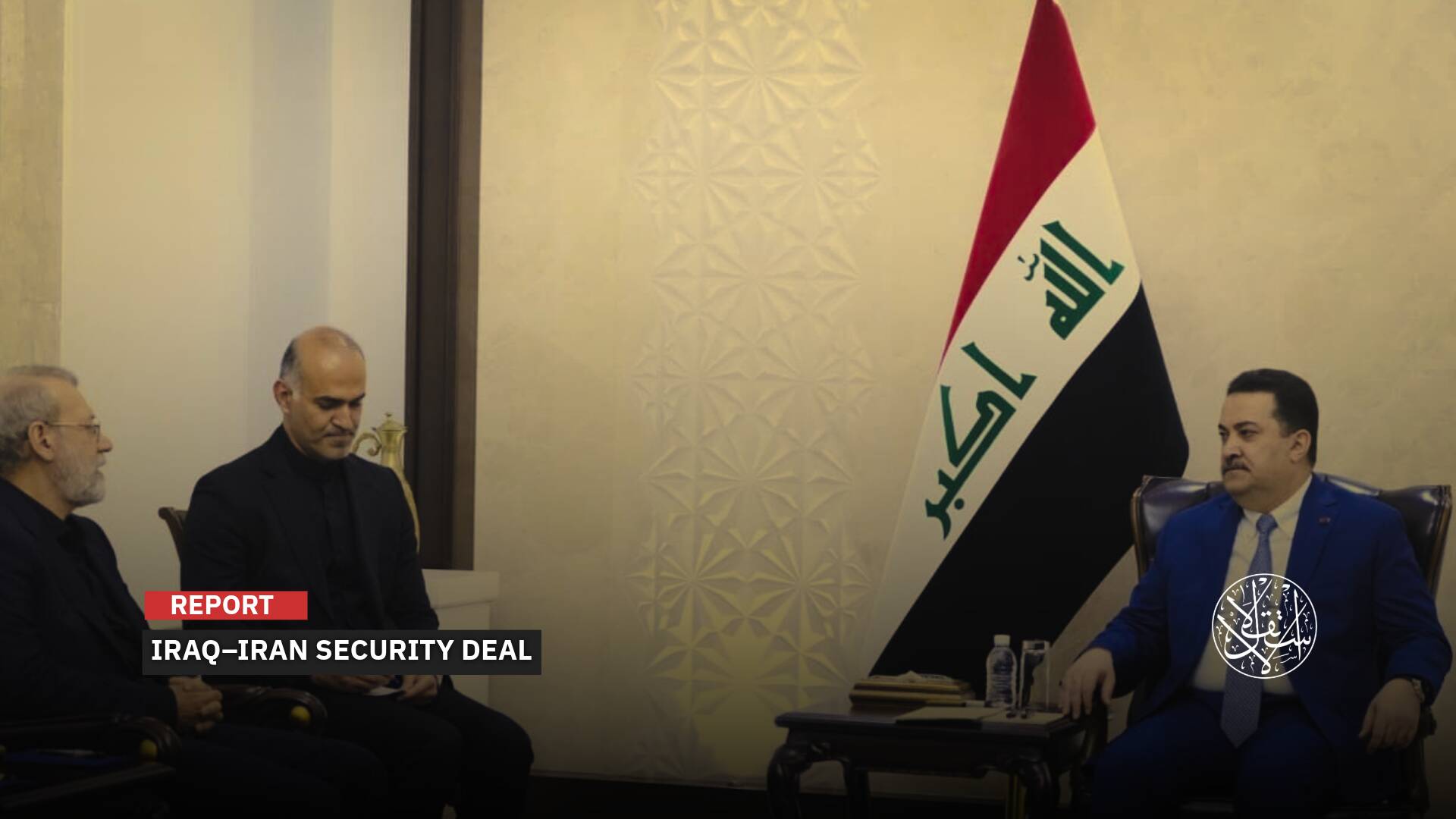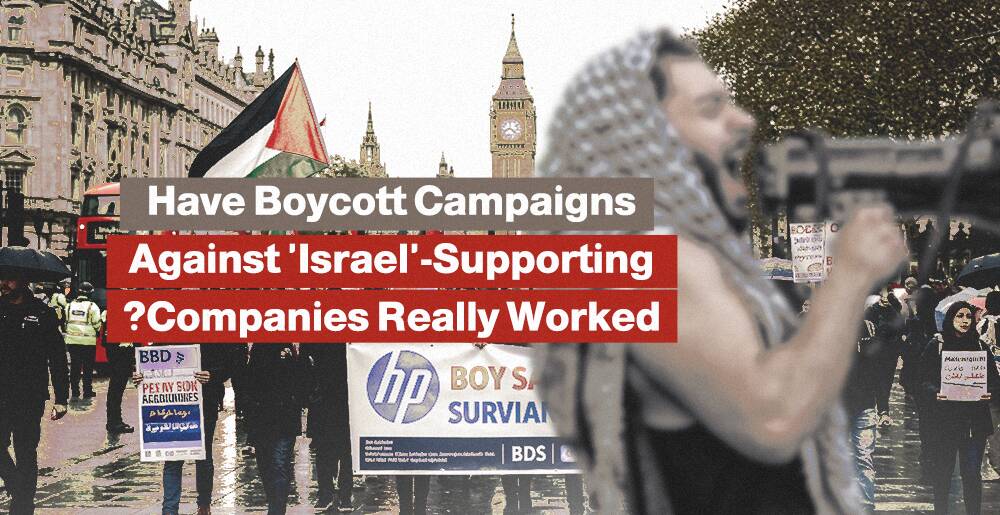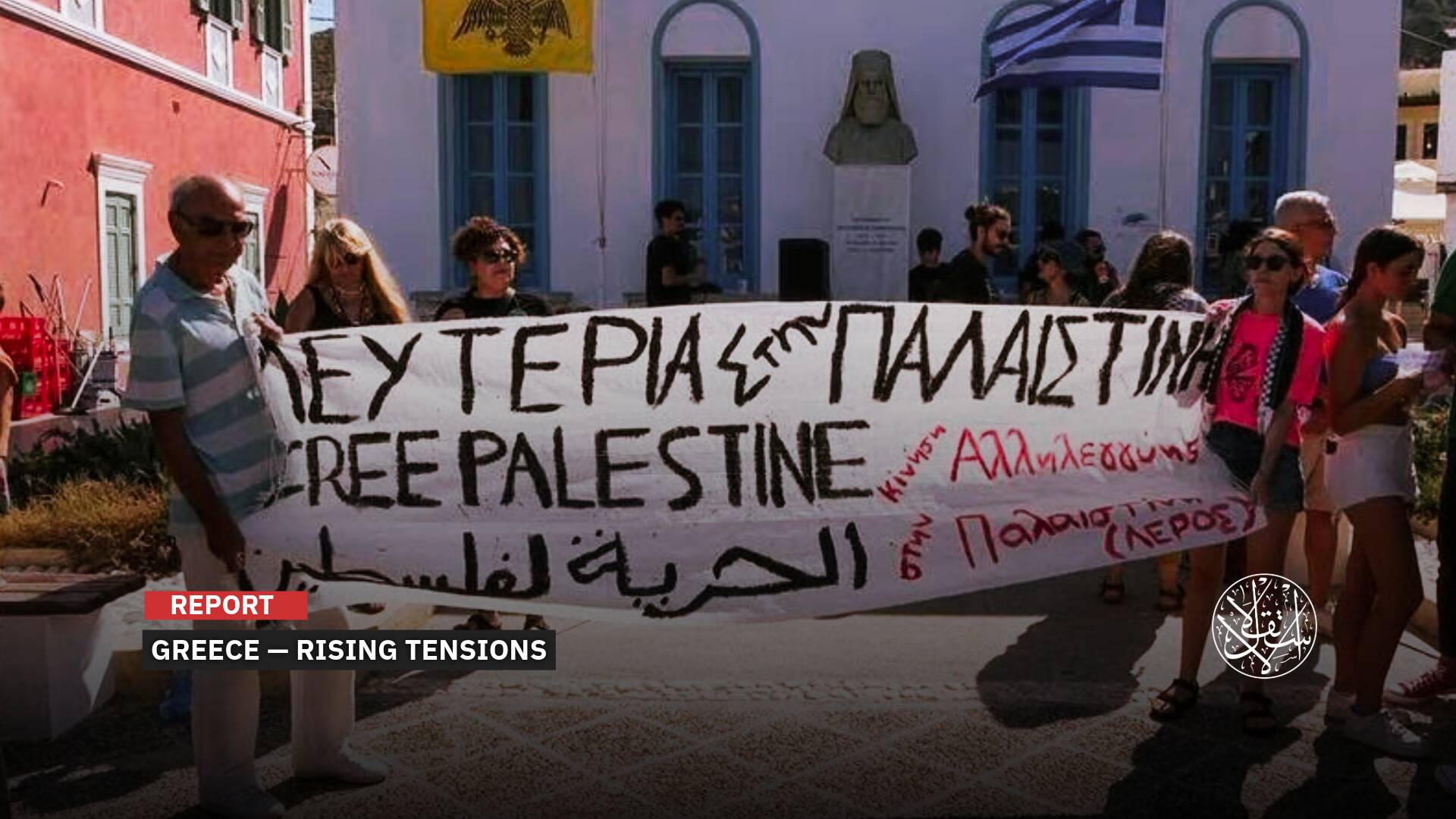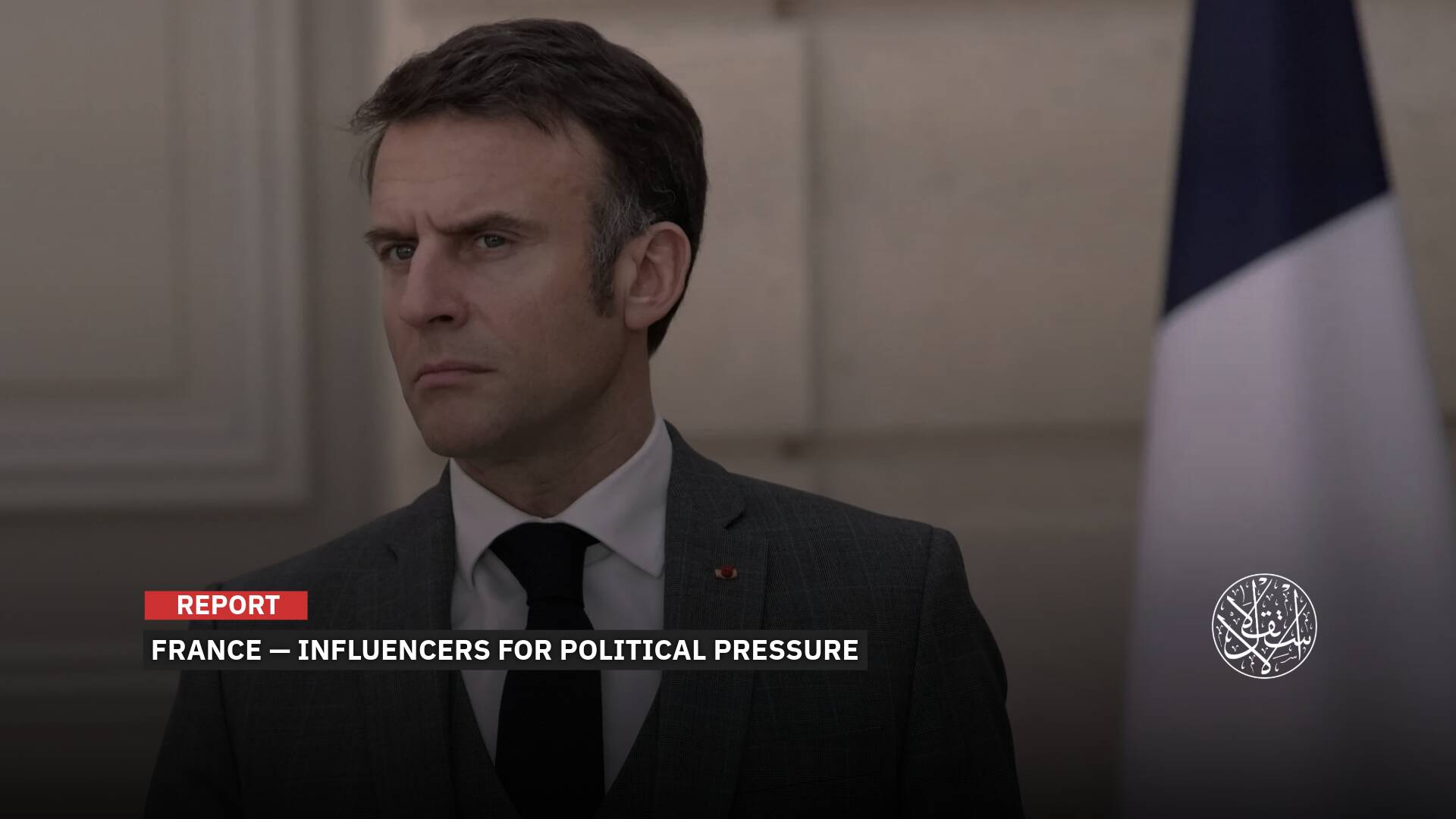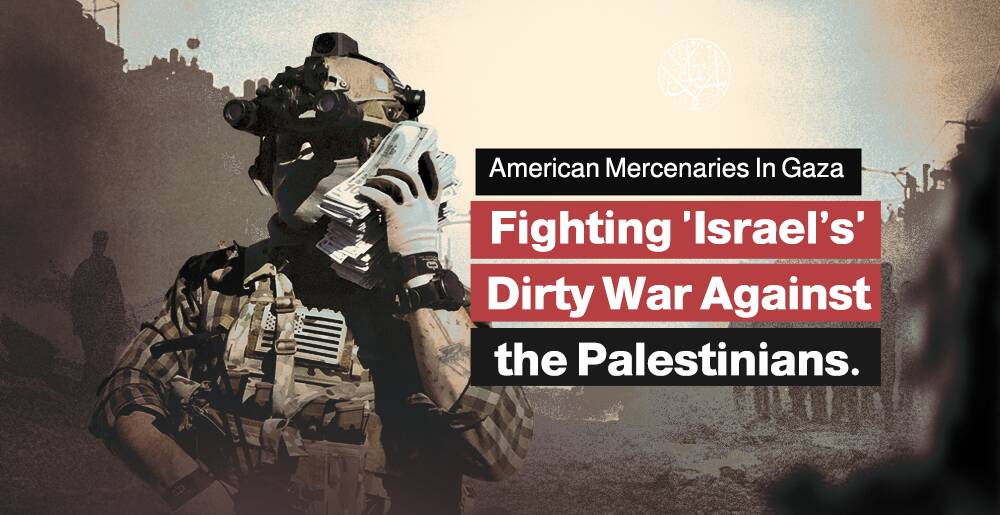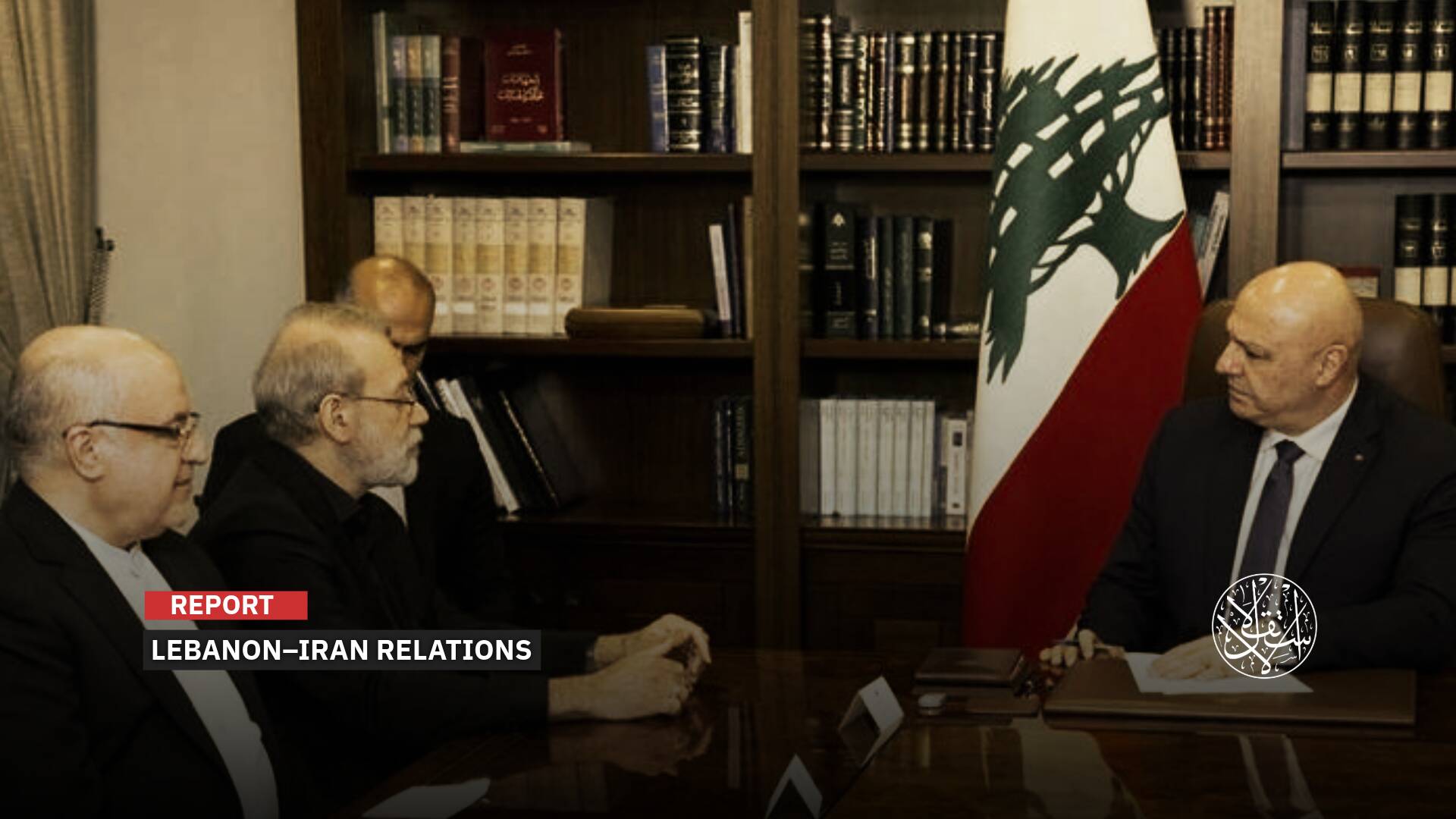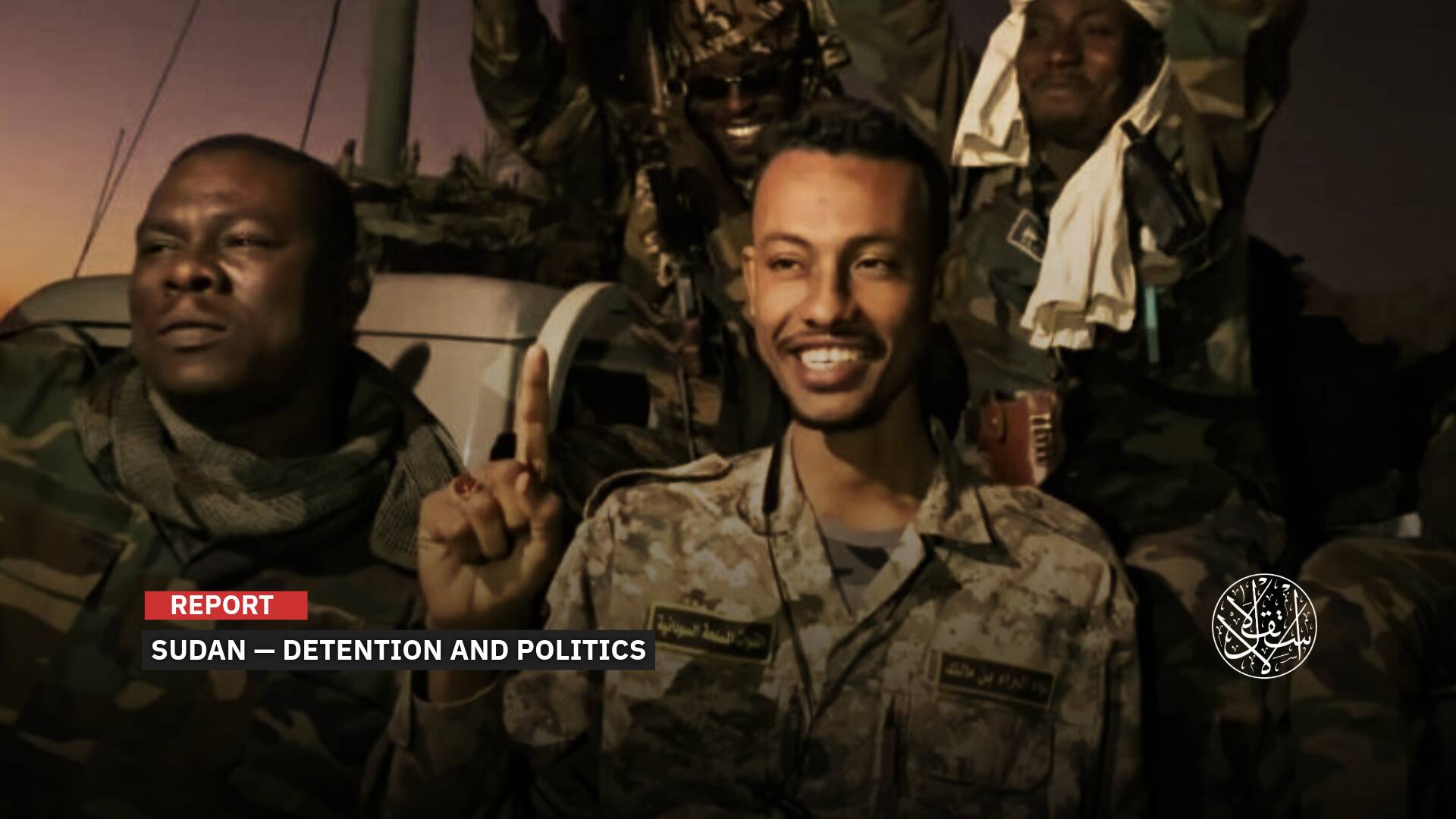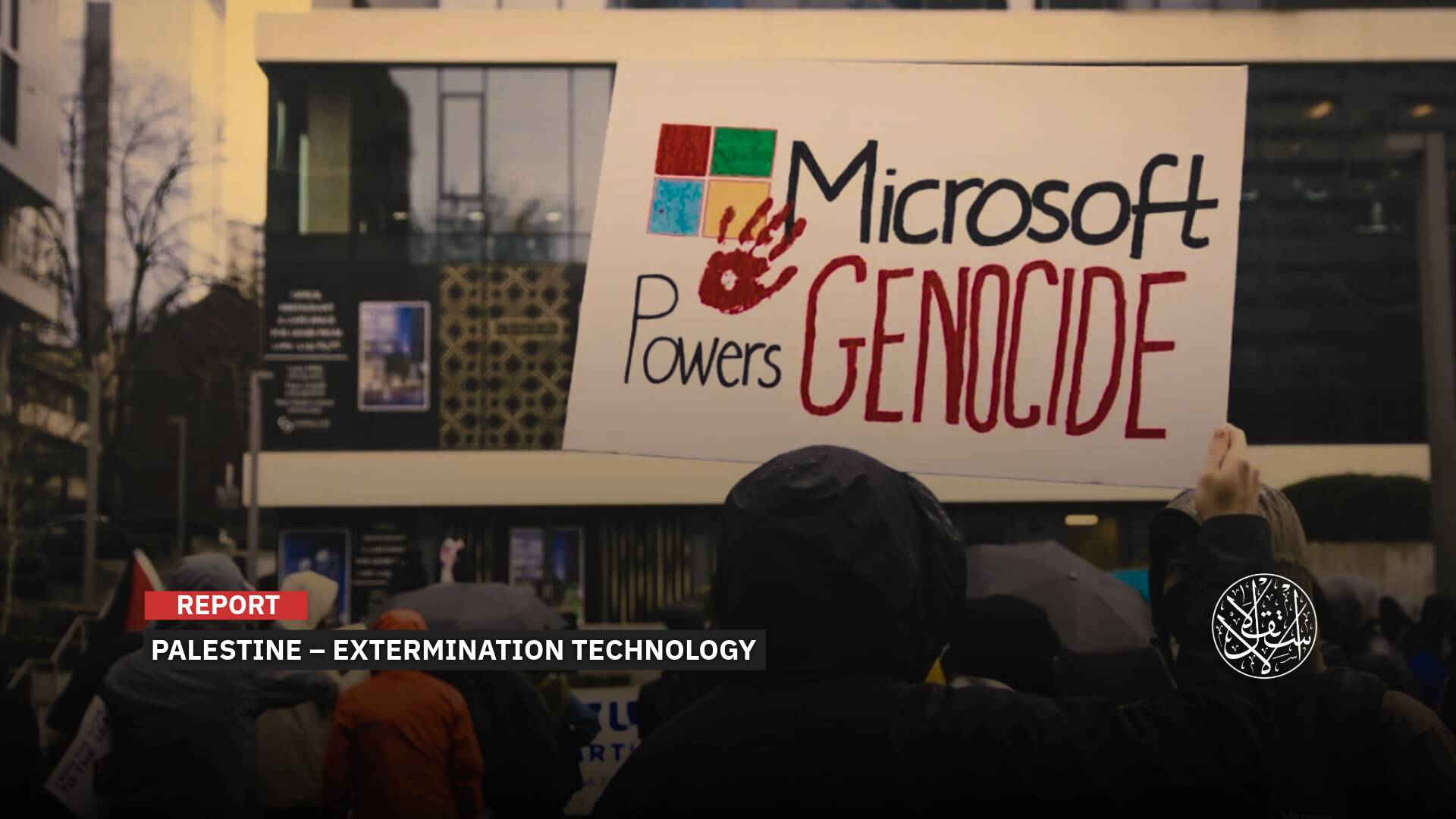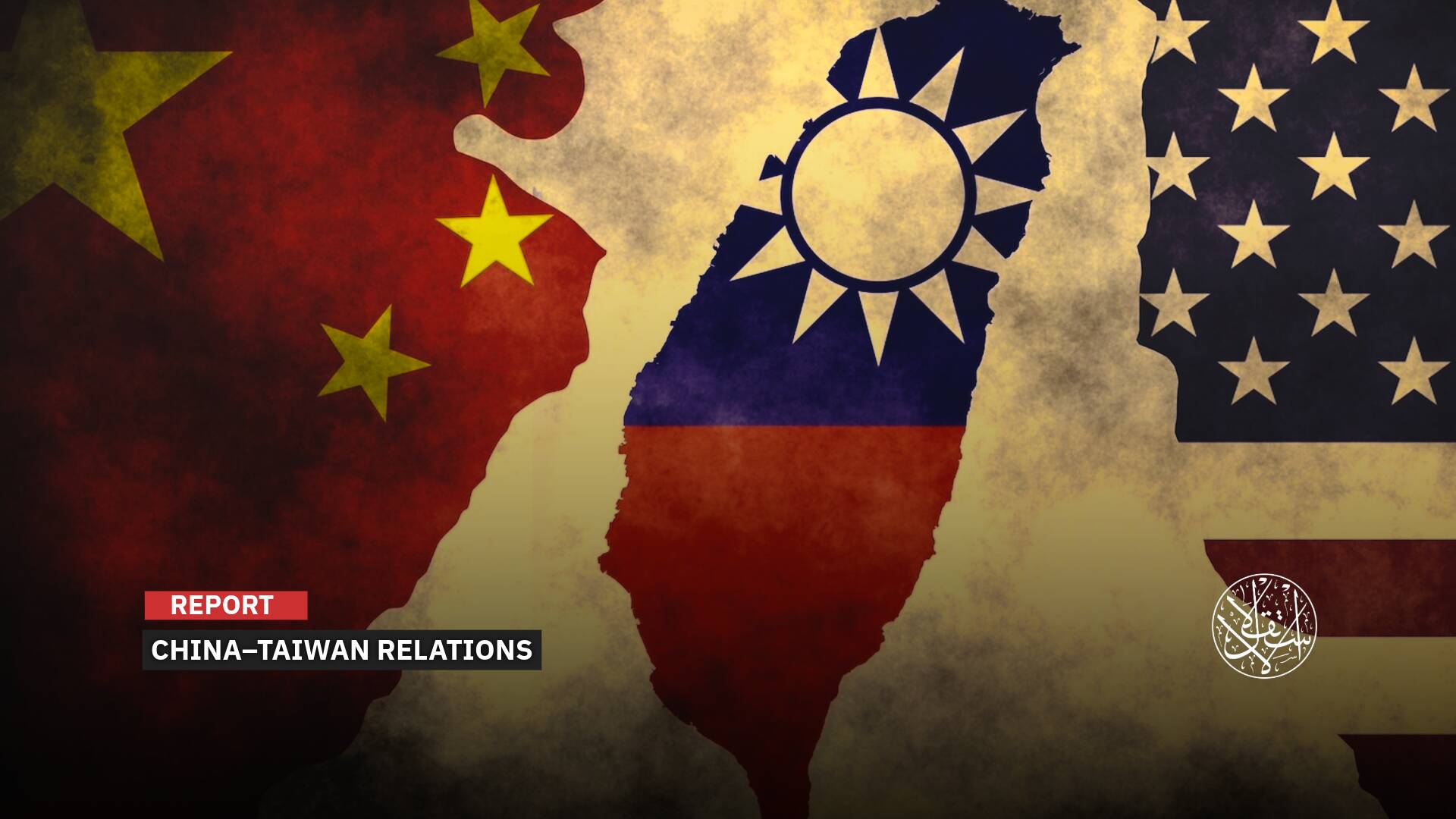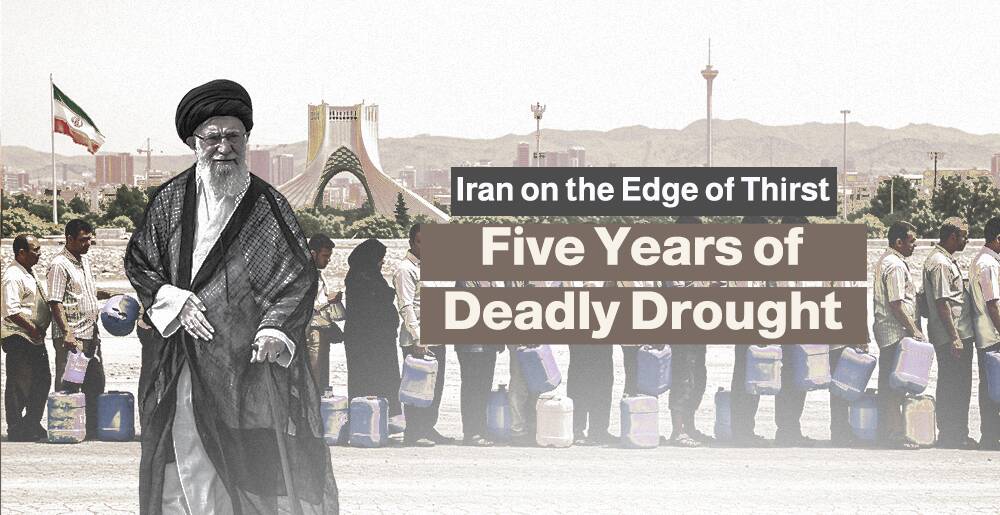Fidel Castro; A leader Who Took Cuba out of De-imperialism and Ruled it for Five Decades.

On April 16, 1961, the leader of the Cuban Revolution, Fidel Alejandro Castro, officially declared the socialist state of Cuba, ending the era of dictatorships under Fulgencio Batista, ushering in a new era in which Cuba renounced American hegemony and became one of the world's most anti-imperialist countries.
Cuba has always been an island of extremism, with a great deal of reward and punishment laws, cultures and conflicts. For more than 500 years, Cuba has been languishing in poverty and persecution, but the Cuban people have never given up their dream of freedom," according to Netflix's documentary series "The Story of the Liberation of Cuba" released on December 8, 2016.
This freedom was behind the struggle of a historic leader named Castro, when he gathered his comrades and fulfilled his dream of igniting the revolution and overthrowing the regime, to rule Cuba for five decades.
Young Rebel
Castro was born on August 13, 1926, in the southeastern Province of Orient, Cuba, to a Father of a Hispanic Farmer, a mother who was a maid to his father's first wife, and whose family was a wealthy and destitute in the country at the time.
From a young age, Castro was a rebel, shocked by the great contrast between living under his wealthy family and the harshness of living and poverty in the surrounding slums within his community.

He was initially educated at the Catholic Preparatory School, was a hard worker and was awarded the title of Best Young Athlete in 1944, and in 1945, he attended the University of Havana, where he studied law and graduated in 1950.
Castro worked as a lawyer at a small law firm in Havana, believing in the causes of the poor and marginalized people, he had ambitions to reach the Cuban parliament, but the military coup led by Colonel Fulgencio Batista on March 10, 1952, shattered the dreams of Castro and other Cubans.
The United States quickly recognized the Batista government, which turned against the Constitution, abolished the right to strike and vote, dissolved political parties, and made Cuba's door open to U.S. companies.
Batista, who became Castro's first enemy, formed a combination of militarization and the philosophy of oppression, was completely subordinate to the United States and traveled to it for a period of time, and authored the 1946 Book of American Shadows.
After Batista's military coup, he ruled the country with iron and fire, forming a harsh grip, launching trials and death sentences in bulk, the language of repression and torture prevailed, and media control that led to the suppression of the opposition for a while.
In a protest response, Castro formed a combat force and attacked a military barracks, an event historically known as the Moncada attack in 1953 that resulted in the fall of 80 followers and the arrest of Castro, who was sentenced to 15 years in prison by the court but released by amnesty in May 1955, after which he disappeared into exile between Mexico and a group of states.
In Mexico, Castro began preparing for the revolution, in which he met with the Argentine rebel Che Guevara, and there he began his movement, which then moved to the stage of openly disarming and carrying out numerous attacks on security, military and economic interests.
Immediately after their arrival in eastern Cuba, they declared a war of liberation once and for all, which was considered the day of the founding of the Revolutionary Armed Forces, and “Granma” became one of the country's timeless tourist and historical landmarks.
At the beginning of the war, Batista's ruling regime forces were able to confront the rebels, killing some and arresting others, while Castro, his brother and Guevara fled to the Sierra Maestra mountain range along Cuba's south-eastern coast, from where Castro formed an armed group, consisting of only 12 fighters, and fought a guerrilla war against Batista's army.
The Success of the Revolution
The insurgency soon expanded and many military personnel joined Castro's forces, which made remarkable and surprising progress, winning and controlling a number of towns and villages.
This unexpected field success prompted Castro to form an alternative revolutionary government in parallel with continued military campaigns against the regime until it collapsed, and Batista fled on the last night of 1958 to the Dominican Republic.
On January 1, 1959, Castro's forces entered Havana, the Cuban leader took over as commander-in-chief of the army's armed forces, José Miro Cardona formed a new government, weeks later Miro resigned, Castro was sworn in as prime minister, becoming the only ruler and most powerful man in the country.
Castro's first challenge was external, represented in the United States of America, which had great economic and geopolitical interests in Cuba, a few kilometres off its coast.

At first, Washington was quick to recognize the new regime under Castro as head of state, although the anti-communist and anti-socialist United States remained wary of Castro's leanings.
Indeed, U.S.-Cuban relations began to deteriorate when the new regime nationalized companies, specifically United Fruit Company.
On April 15, 1959, Castro visited the United States and met with Vice President Richard Nixon, and President Dwight D. Eisenhower apologized for not being able to meet with Castro because of his association with golf.
The U.S. president asked his vice president to verify Castro's political affiliation and inclinations toward the eastern camp, and Nixon concluded that Castro was "a simple person, not necessarily communist”.
However, it cannot be overlooked that Castro, who initially refused to classify this government as communist, appointed promoters of Leninist Marxism to senior state and military positions, most notably Guevara, who became governor of the Central Bank and then Minister of Industries, and in the face of those transformations air force commander Pedro Luis Diaz defected to the United States.
Bay of Pigs
Castro officially declared the Socialist Republic of Cuba on April 16, 1961, amid great challenges and the willingness of the United States and its intelligence service to deal a severe blow to his fledgling regime and eliminate his revolution altogether.
This occurred on April 17, 1961, a day after the Republic was declared, in what is known as the "Bay of Pigs Invasion," a failed military operation by Washington to overthrow the Cuban regime, using Cuban mercenaries, and the crisis developed internationally between America and the Soviet Union.
In exile, 1,400 Cubans tried to invade the Bay of Pigs on Cuba's southern coast, confronted by Castro's forces, killing part of them and capturing the rest.
As a result of this victory, the Cuban Revolutionary Army captured 1,179 people from landing groups, seized five heavy tanks, dozens of individual weapons, anti-aircraft weapons and military transport vehicles, four ships were sunk and 12 bombers were shot down.
An investigation of the prisoners turned out to be Batista's supporters, all of whom stated that U.S. intelligence had trained them, and the failure of the operation had been a "real shock" to Washington and its president, John F. Kennedy himself.
Castro took advantage of the victory to tighten his grip on power and cancel the elections, while his popularity among his people and international level swelled unprecedentedly, as he was seen as the man who faced and defeated American hegemony.
Then, on February 7, 1962, America imposed an economic embargo on Cuba, in return for strengthening its relationship with the Soviet Union by accepting more economic and military assistance in exchange for secretly allowing it to build nuclear missile sites in Cuba that led to the crisis known as the Cuban Missiles or Operation Anadyr in 1962, which nearly caused a nuclear war between them.
Castro's Reforms
At the beginning of his rule in 1959, Castro announced in a famous speech that he would end racial discrimination in Cuban society, Cuba had suffered for centuries from racial segregation between whites and blacks.
A plan to regroup white Cubans with blacks in common schools and other institutions, such as community clubs and private beaches, was developed through equal opportunities.

Private schools, formerly dominated by white students, were nationalized have met with an influx of black and mixed-race students.
Black and white community clubs began to dissolve, and ethnicity became anti-revolutionary and government critics were often classified as ethnic.
In 1959, 75 percent of Cuba's best arable lands were nationalized, they were owned by foreign individuals or companies (mostly American).
One of the first policies of the new Cuban Government was to eliminate illiteracy and land reform, and land reform efforts had helped to raise living standards by dividing large holding companies into cooperatives frequented by the Cuban people of various denominations.
At the beginning of the 1990s, Castro's health was at critical stages as he grew older, and before undergoing surgery in July 2006 to stop stomach and bowel bleeding, his brother was appointed interim president.
On February 19, 2008, Raúl officially assumed the presidency of Cuba, which was approved by parliament the same month after Castro's health deteriorated dramatically.
At that time, after relinquishing power, Castro began publishing a series of important articles entitled "Comrade Fidel's Reflections", through which he analyzed important political developments in his country.
In February 2014, Fidel was completely out of the spotlight, fueling rumors about his health being on the verge of death, and on November 25, 2016, Cuba's historic leader Castro was declared dead at the age of 90, during which he ruled Cuba for nearly 57 years.



